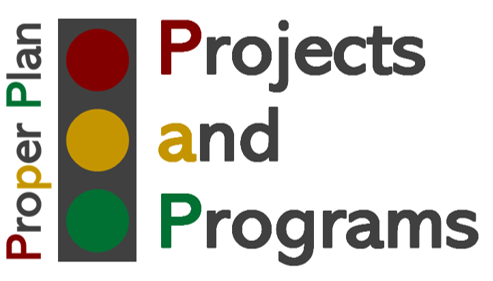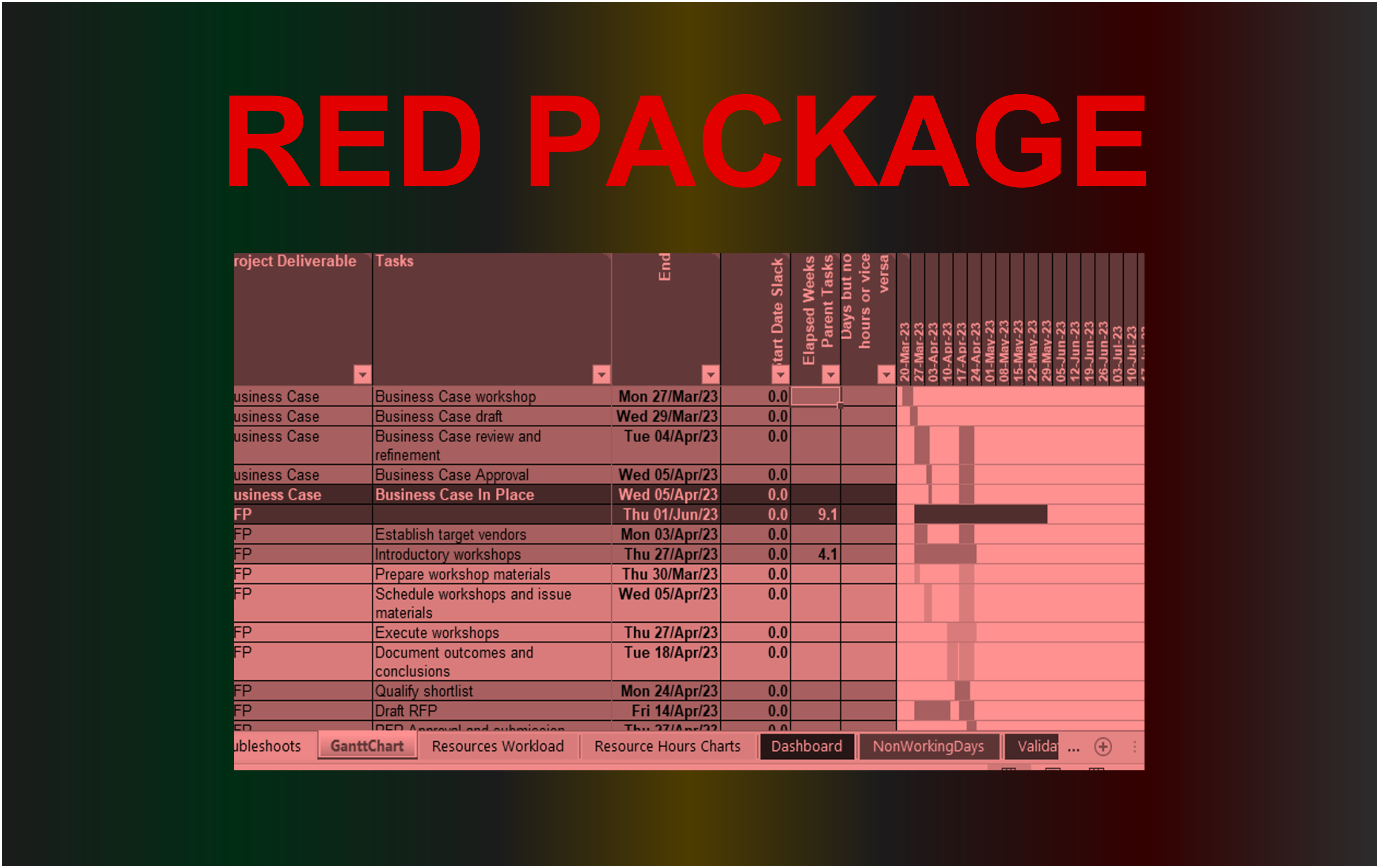April 30, 2023
What do Senior Stakeholders Want from Project Managers?

They want their projects to be on time and they want you to do whatever it takes to achieve that and don’t come to them with problems or reasons why it can’t be done. Many project managers will have experienced this challenging stance from senior stakeholders.
Such an attitude can perhaps to a large extent be justifiable. Whilst your project may be 100% of your working world, it might be 10% of theirs or even less. They don’t have the bandwidth to deal with your problems. They’re not supposed to have the bandwidth. The PM is there to solve most of the problems and keep the project on the rails and on target.
In my own personal experience, I sense that perhaps such attitudes are sometimes though, also borne out of stakeholders’ own unsatisfactory past project experiences. Too often their PMs have come to them with problems and wanted more money or more time or more resources or perhaps all three. Perhaps with seemingly flimsy justifications and vacuous or bumbling answers to searching and even reasonable questions and challenges. So stakeholders’ and sponsors’ past frustrations lead to just not wanting to hear it. Talk to the hand.
Many of you will already appreciate the dangerous threat this dynamic represents to a project. There will often be reasonable justification and need for more of something in order to deliver. It’s the nature of projects. A project plan, a roadmap, a timeline, a budget… is only a forecast. And if the PM is forced to be in fear of proposing refinement of said forecast, then stakeholders will likely only find out when it’s too late. Too late to take mitigating actions. Too late to even evaluate the options and stay on track or close to it. Possibly too late to avoid a disastrous project outcome.
It’s doubtless project management 101, but clearly there are some fundamentals a PM can get right to mitigate the risk of this dynamic surfacing. To protect and project your credibility and inspire confidence. Stakeholders want to feel confident. To be confident. I’ll throw out the obvious ones and apologise for patronising many of you:
- Expectation setting. Make sure they understand and accept that the further away from a launch you all are, the greater the degree of uncertainty, the greater the number and size of the unknowns. Put some metrics to it if you can. Your degree of certainty about a feasible successful go live date clearly should increase the closer you get to your target date.
- Avoid panic syndrome. Don’t go to your stakeholders with every little threat before you’ve done what you can within your own legitimate sphere of influence to mitigate or resolve it without their contribution. You’ll otherwise risk giving the impression you and the project are out of control, not a sensation a stakeholder appreciates.
- Solutions, not problems. When your judgement tells you that you really need to engage senior stakeholders, always go with options and always go with a recommendation. Which option is best and why? Test them out with others in your team. Get the right inputs. Make your proposal solid.
- Anticipate. Don’t be blindsided by questions you weren’t expecting and give vacuous or bumbling responses. Think about the questions that might come up and have your answers prepared.
- Transparency. You will sometimes be asked questions you didn’t anticipate and don’t have an answer for immediately. Shock horror. Don’t give vacuous or bumbling responses. It’s OK to not know everything immediately. Be open. Be honest. If you don’t know, tell them what you’ll do to get the answers.



